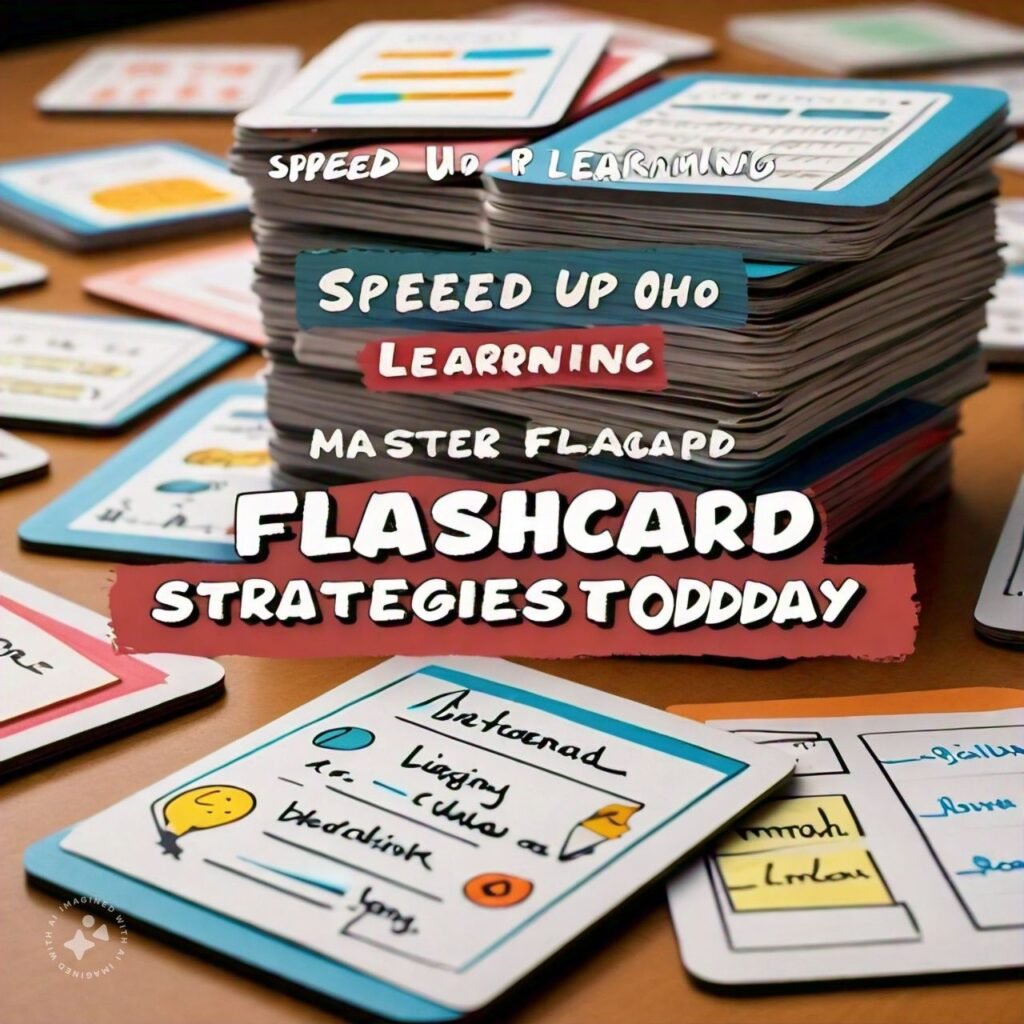Flashcards are a timeless study tool that can transform the way you learn and retain information. By breaking down complex topics into manageable chunks, flashcards help students, professionals, and lifelong learners alike to master content more efficiently. In this article, we’ll explore why flashcards are so effective, provide tips for creating powerful flashcards, and share strategies to help you make the most of your study sessions.
The Power of Flashcards for Memory Enhancement
Flashcards are highly effective because they engage the brain in active recall and spaced repetition—two key strategies proven to boost memory retention. Active recall involves retrieving information from memory without any prompts, which strengthens neural connections and makes it easier to remember facts. Spaced repetition, on the other hand, spreads out review sessions over time, reinforcing knowledge and preventing it from fading away.
Benefits of Flashcards
- Enhanced Retention: Flashcards help transfer information from short-term to long-term memory, making it easier to recall during exams or presentations.
- Efficient Learning: Flashcards allow you to focus on key information, making study sessions more effective by targeting what’s most important.
- Customizable Content: Flashcards can be tailored to any subject, enabling you to create decks that suit your specific learning needs.
- Portability: Flashcards are easy to carry, allowing you to study anywhere—during your commute, on a break, or at home.
Tips for Creating Effective Flashcards
The quality of your flashcards directly impacts their effectiveness. Here are some tips for creating flashcards that maximize your learning:
1. Focus on One Concept Per Card
Each flashcard should cover only one idea, question, or term. Keeping cards focused prevents cognitive overload and ensures that you can easily recall the information.
2. Use Simple, Clear Language
Flashcards are meant to trigger your memory quickly, so use concise and straightforward language. Avoid long explanations; stick to keywords and brief definitions.
3. Incorporate Visuals
Adding visuals like images, diagrams, or symbols can significantly enhance memory retention. Visual aids help create associations in the brain that make it easier to remember the content.
4. Add Real-World Examples
Including examples on your flashcards can provide context and make abstract concepts more tangible. Use scenarios that relate to your life to deepen your understanding.
Best Practices for Using Flashcards
To get the most out of flashcards, you need to use them consistently and strategically. Here are some best practices to help you optimize your flashcard sessions:
1. Implement Spaced Repetition
Spaced repetition involves reviewing your flashcards at increasing intervals. This technique helps strengthen your memory and ensures that the information stays fresh over time.
2. Test Yourself Actively
Instead of passively reading through your flashcards, actively test yourself. Try to recall the answer before flipping the card to check your response. This approach engages your brain and enhances retention.
3. Shuffle Your Cards Regularly
Avoid memorizing the order of your flashcards by shuffling them frequently. Mixing up the cards helps ensure that you learn the content rather than relying on patterns.
Middle Paragraph:
For those looking to take their flashcard learning to the next level, consider using Anki a powerful flashcard app that leverages spaced repetition algorithms to optimize review sessions. Anki allows you to create customized decks that automatically adjust based on your performance, ensuring that you spend more time on challenging topics and less on what you’ve already mastered. This adaptive approach makes Anki a favorite among students, language learners, and professionals aiming to boost their memory skills.
Digital Flashcards: A Modern Solution
Digital flashcards offer several advantages over traditional paper cards, including enhanced interactivity, automated scheduling, and the ability to track your progress. Apps like Anki, Quizlet, and Brainscape provide platforms where you can create, review, and organize your flashcards with ease.
Advantages of Digital Flashcards
- Accessibility: Digital flashcards can be accessed on your smartphone, tablet, or computer, allowing you to study anytime and anywhere.
- Automated Spacing: Many apps use algorithms to automatically schedule your review sessions, making spaced repetition easy to implement.
- Multimedia Features: Digital flashcards can include images, audio, and videos, making learning more dynamic and engaging.
- Performance Tracking: Most flashcard apps offer analytics that help you track your progress, identify weak areas, and adjust your study strategy.
Common Mistakes to Avoid
While flashcards are highly effective, certain pitfalls can diminish their benefits. Here are some common mistakes to avoid:
- Cramming with Flashcards: Flashcards are most effective when used consistently over time, not for last-minute cramming.
- Skipping Difficult Cards: Don’t avoid cards that are hard. Focus on mastering the challenging concepts for the best results.
- Inconsistent Use: Regular review is key. Infrequent use of flashcards will not reinforce the information effectively.
Conclusion
Flashcards are an essential tool for anyone looking to enhance their memory and study skills. By incorporating active recall, spaced repetition, and modern digital solutions like Anki, flashcards can help you master new information faster and more effectively. Whether you’re studying for exams, learning a new language, or building professional skills, flashcards provide a powerful, adaptable method for boosting your memory and achieving your learning goals. Start using flashcards today and unlock your potential to learn and remember more with ease.
